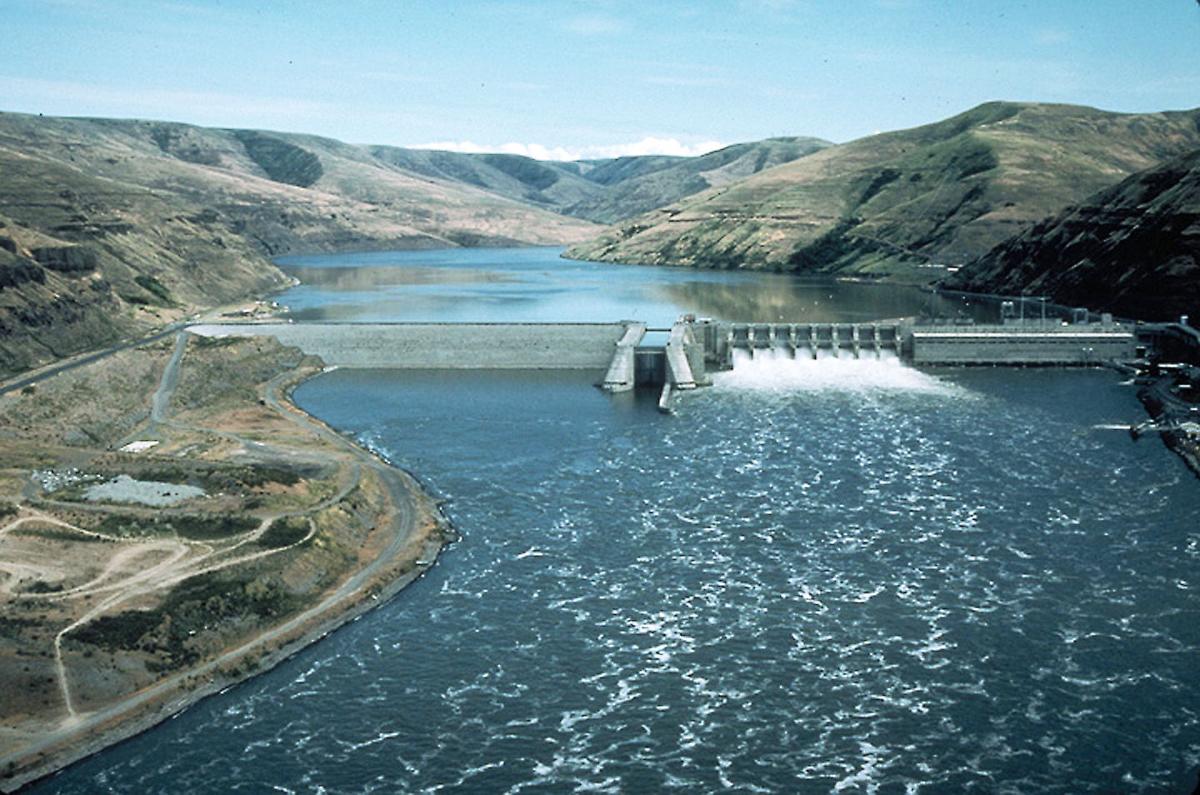
On April 13 the Pacific Fishery Management Council sent a letter with comments on the Columbia River System Operations Draft Environmental Impact Statement (DEIS). The letter was addressed to the U.S. Army Corps of Engineers, Bonneville Power Administration, and Bureau of Reclamation.
The purpose of the DEIS is to update the management of the Columbia River system operations, since conditions have changed since the last EIS in 2002.
The DEIS evaluates impacts to resources in the context of new information and changed conditions in the Columbia River basin. The DEIS also responds to a 2016 U.S District Court order which stated that the DEIS must ensure that management would not jeopardize the continued existence of species listed under the Endangered Species Act, or adversely affect designated critical habitat. The order states that the DEIS must also strive to improve the survival of both juvenile and adult salmon in the main Columbia/Snake migration corridor.
The Council’s letter expresses concerns that the DEIS does not incorporate the Council’s previous recommendations; does not include an “anadromous fish-focused” alternative in the range of alternatives; does not include an equitable economic analysis of recreational, commercial, and tribal fisheries; does not sufficiently account for the impacts of climate change, or avoid and mitigate increased water temperatures; does not sufficiently assess the benefits of configurations and operations that restore or improve essential fish habitat for salmonids; and that the preferred alternative is not a sufficient improvement over the No Action Alternative and, therefore, fails to meet a number of regional requirements, goals, and objectives for salmon (e.g., Endangered Species Act, Northwest Power Act, Northwest Power and Conservation Council Fish and Wildlife Program Recovery and Harvest Goals, Columbia Basin Partnership Task Force Goals, and state water quality standards).
In summary, the letter states “we find the DEIS (and the preferred alternative in particular) insufficient to provide the recovery actions necessary for ESA-listed stocks, or to provide healthy and harvestable Columbia Basin salmon populations necessary to support sustainable commercial, recreational, and tribal fisheries that the Council’s constituencies depend on. We also recognize there is an urgent need for stakeholders to come to long-term solutions that provides reasonable certainty to the objectives of all interests.”